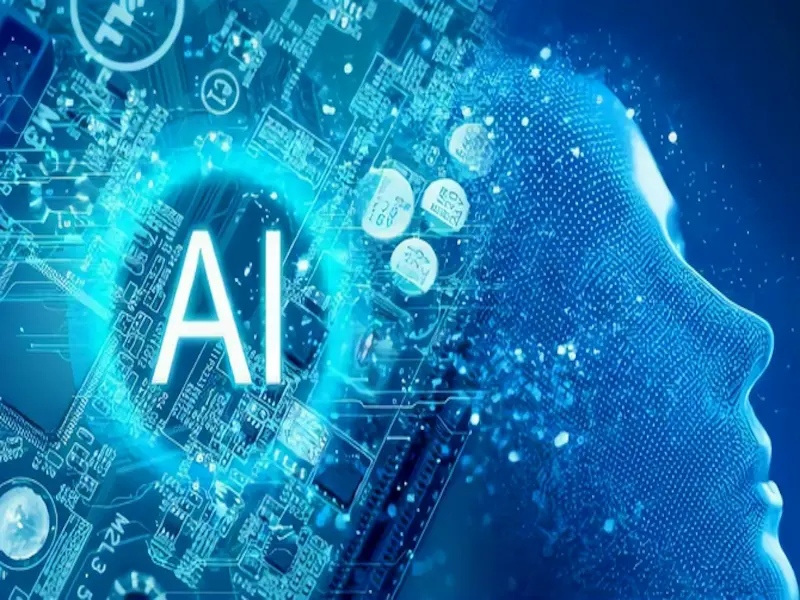- Virtual assistants can be both human and AI-driven, though the term often refers to software applications designed to perform tasks and assist users.
- Many modern virtual assistants incorporate artificial intelligence capabilities, allowing them to understand user commands, learn from interactions, and automate complex tasks.
- While human VAs provide emotional intelligence and personal touch, AI-driven VAs offer scalability, efficiency, and the ability to handle large volumes of data.
In an era where technology permeates nearly every aspect of our lives, the term “virtual assistant” has gained considerable popularity. However, there is often confusion about whether these assistants are classified as artificial intelligence.
Virtual assistants encompass a wide range of tools, from human professionals providing administrative support to sophisticated AI systems capable of executing complex tasks autonomously. This blog will explore the relationship between virtual assistants and AI, clarifying their definitions, functionalities, and the implications for users in various contexts.
Also read: Dive into Claude, the AI breakthrough that’s turning heads
Also read: Is ChatGPT a ‘conversational AI’ model?
Defining virtual assistants
Virtual assistants are software programs or human professionals that help users complete tasks, manage schedules, and streamline workflows. In a professional context, a human VA may handle administrative duties such as answering emails, scheduling appointments, or conducting research. These individuals bring their expertise and emotional intelligence to the role, tailoring their services to meet the specific needs of their employers.
Conversely, AI-powered virtual assistants use algorithms and machine learning to perform similar tasks automatically. Applications like Siri, Google Assistant, and Amazon Alexa represent this category. They can interpret voice commands, answer questions, set reminders, and even control smart home devices, showcasing how AI can enhance productivity.
AI integration in virtual assistants
Many modern virtual assistants incorporate AI technologies to improve their effectiveness and user experience. For example, AI enables virtual assistants to understand natural language, making it possible for users to interact with them using everyday speech rather than relying on rigid command structures. This capability enhances usability, allowing people to engage with their assistants more fluidly.
Furthermore, AI-driven virtual assistants can learn from user behavior, adapting their responses over time to better meet individual preferences. For instance, if a user frequently asks their AI assistant about weather updates, the assistant may proactively provide this information at relevant times without needing to be prompted. This level of learning reflects a fundamental characteristic of AI—its ability to process data and improve through experience
The distinction between human and AI virtual assistants
While both human and AI virtual assistants aim to enhance productivity, they possess distinct advantages and limitations. Human VAs excel in interpersonal skills, offering empathy, adaptability, and nuanced understanding. They can navigate complex social dynamics and provide personalised assistance based on emotional cues. This value becomes particularly evident in roles requiring high levels of confidentiality, sensitivity, or creativity.
On the other hand, AI virtual assistants shine in their capacity to handle repetitive or data-heavy tasks efficiently. They can process large amounts of information quickly, manage scheduling conflicts, and automate routine activities. Additionally, AI-driven assistants can work around the clock without fatigue, making them highly scalable solutions for organisations looking to optimise operations.
Limitations of AI virtual assistants
Looking ahead, the future of virtual assistants will likely involve deeper integration of AI technologies. As machine learning continues to advance, we can expect virtual assistants to become more intuitive, responsive, and capable of handling increasingly complex tasks. Businesses will benefit from deploying AI-powered assistants alongside human counterparts, creating a hybrid model that leverages the strengths of both.
Training and upskilling will also play a crucial role in ensuring that human VAs remain competitive in an AI-enhanced landscape. By focusing on developing skills that complement AI technologies—such as creative problem-solving and emotional intelligence—human virtual assistants can maintain their relevance and value in the workforce.

